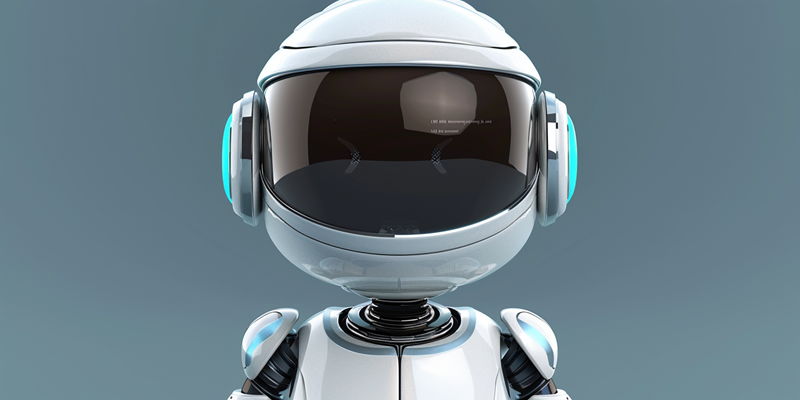As the competitive space of AI technology evolves at an astounding pace, recent developments have caught the eye of both consumers and industry experts. Anthropic, a cutting-edge AI company, has recently released a significant competitor in the AI chatbot market: Claude. This AI-based application is designed to work on iPhones and is available for download from the Apple App Store, marking a pivotal moment for AI accessibility and functionality.
Claude: The Advanced AI Chatbot
Unveiling Claude’s Variants
Anthropic has diversified the options for users by offering Claude in three unique versions of AI Large Language Models: Claude 3 Haiku, Claude 3 Sonnet, and Claude 3 Opus. These varying models cater to different demands, ranging from creative writing assistance to complex problem-solving scenarios. Claude 3 Opus is the powerhouse among them, demonstrating exceptional potential. It is so proficient that it has even surpassed the capabilities of ChatGPT-4 in certain benchmarks, as reflected on the LMSYS Chatbot Arena Leaderboard. This remarkable feat is a testament to the intense research and development efforts of the AI community.
Customized Accessibility for Users
With the introduction of the Claude iOS app, users get to experience a tailored interaction adhering to their level of usage. For casual consumers looking to dip their toes into the AI water, the Sonnet model provides a satisfactory free experience. Conversely, professionals and enthusiasts willing to explore the app’s fuller potential can opt for the Pro version, gaining exclusive access to the more robust Opus model. Ease of use is further enhanced through seamless device synchronization, ensuring that conversations can resume from where they were left off—an intuitive feature that bridges the gap between multiple devices and maintains continuity for the user.
Refining AI User Experience
Vision Capabilities and Synchronization
Setting itself apart from mere text-based interactions, the Claude app excels by incorporating vision capabilities. It can provide insightful context and analysis based on photo uploads, which saves users time and effort in describing the image content. Synchronization is also a key feature of the app, as it allows users to switch between their Apple devices effortlessly and continue conversations without missing a beat. This makes Claude not just an AI chatbot but a convenient, integrated digital assistant designed for the multi-device user.
Daily Usage Limitations and Future Opportunities
Anthropic has launched Claude, a new player in the booming AI chatbot space, specifically targeting iPhone users. As AI technology continues to astonish with rapid advancements, Claude’s entry represents an important milestone in making AI more accessible to the masses. Consumers can now easily download Claude from the Apple App Store, which exemplifies the strides being made toward integrating AI into everyday technology. This rollout is a significant step, reflecting the growing competition and innovation in AI applications. Claude’s ability to operate seamlessly on iPhones is seen as a game-changer, suggesting that the future of AI is not only bright but also increasingly user-friendly and mobile-oriented. As industry observers keep a close eye on this development, Claude is poised to become a key contender in the realm of AI chatbots.

